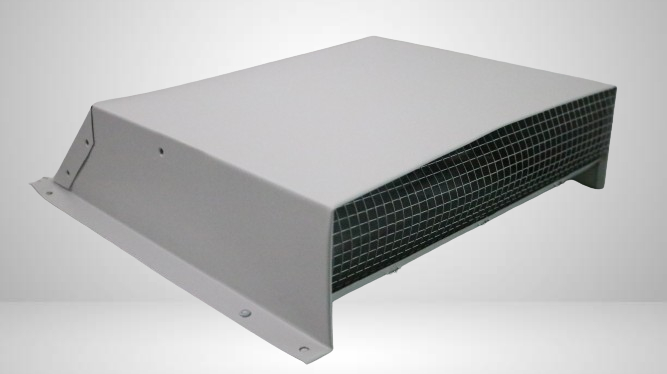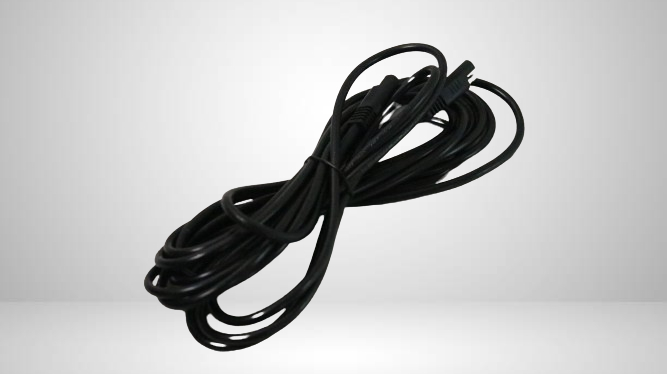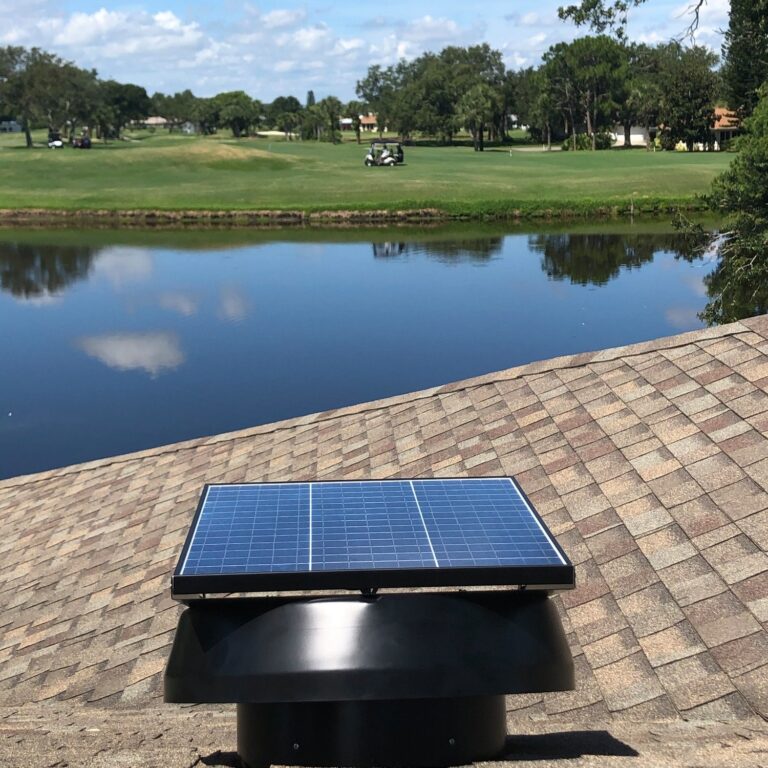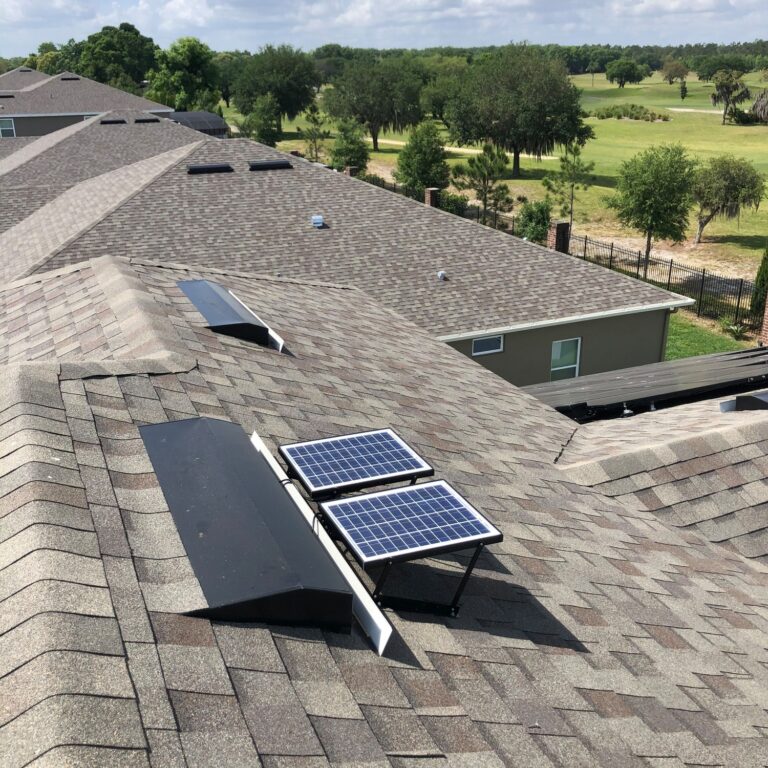[Originally published on BryanBaeumler.com March 8, 2021]
I’ve witnessed many home renovation and construction disasters but none as devastating as the one caused by mold and mildew. Mold issues pose a serious threat to both the structural integrity of a home and also homeowner’s health and safety. Mold lurks like a silent killer that can trigger a range of severe effects on your health including, but not limited to:
- Asthma and allergies
- Autoimmune conditions and low immune system
- Fatigue, lack of energy
- Frequent headaches
- Mood swings, anxiety, and depression
- Skin issues like rash, hives, psoriasis
With most of us riding out the pandemic indoors, it’s more important than ever to ensure our homes have proper ventilation and we breathe clean air. Let’s dive into what causes mold and my number 1 recommendation on how to keep your home and family safe.
Signs You Have Toxic Mold in Your Attic
- Dark Black or Brown Spots on Attic Surfaces. If you see dark brown or black areas on the wood surfaces of your attic, chances are you have mold issue. Prolonged exposure to black mold (which can recirculate into your home through attic air vents) should be addressed immediately.
- A Hot Stuffy Attic Space. Is your attic surprisingly hot or do you see condensation building up? Excessive heat, humidity and surface moisture facilitate ideal conditions for the growth of mold and mildew in attic spaces.
- Unpleasant Odors. A musty or stale smell in your attic likely points to moisture issues.
- Water Stains or Leaks on the Ceiling. Water leaks or damages hints that you have mold in your attic.
- Ice Dams on the Underside of the Roof. In the winter months, water vapor in a poorly ventilated attic can freeze on the underside of your roof, resulting in ice dams. These ice dams aren’t hard to miss and will lead to a moisture problem.
What Causes Attic Mold and Mildew?
Even though the attic is the most common place for mold to grow in a home, it’s probably the last place homeowners think to look. As I’ve said in previous blogs: “If you’re not managing your attic, it’s managing you!”
The attic acts as the lungs of the home. If the space cannot adequately breathe, moisture and condensation quickly become a breeding ground for mold. Watch Season 2 of “Island of Bryan” “Renovation Island” for a quick recap on the disastrous effects of inadequate ventilation. (Hint: Moisture issues at the resort resulted in rotted wood and termites in the attics and drywall of the hotel rooms. It was a nightmare!)
Prevent Mold with a Solar Attic Fan
My number 1 solution to prevent mold in your home is ensuring your attic has adequate ventilation with a solar attic fan. A solar attic fan continuously expels moist air during the summer and damp winter months. Since it’s powered by the sun, a solar attic fan will never lead to a spike in your electric bills (in fact, the fan actually lowers bills by reducing the strain on your air-conditioner!) The constant re-circulation of air year-round ensures mold spores do not accumulate on attic surfaces or re-circulate into your home.
When our team experienced rot, mold, and termite issues at our destination resort in the Bahamas (Caerula Mar Club), we joined forces with the best in attic management: iSolar Solutions. There are currently twenty 20W106-FLEX iSolar fans installed on the roof of the resort, and they have done a fantastic job reducing moisture levels in the hotel rooms and improving the comfort levels for our guests.
iSolar offers solar attic fans ranging from 250 CFM to 1125 CFM (hourly average in direct sunlight). The full line of iSolar fans can be found at Amazon.ca.







